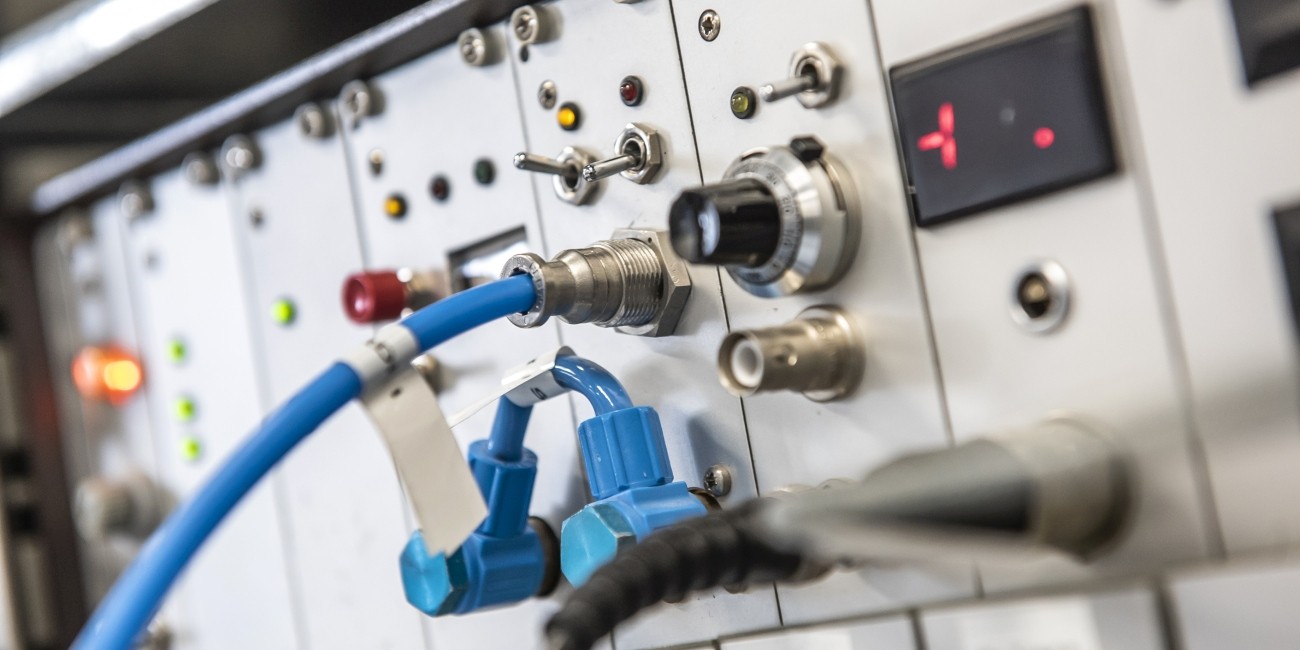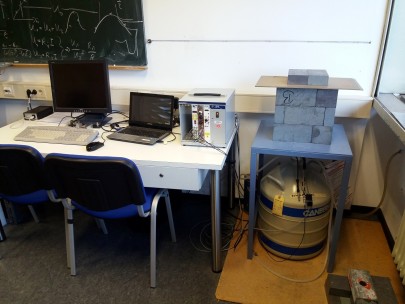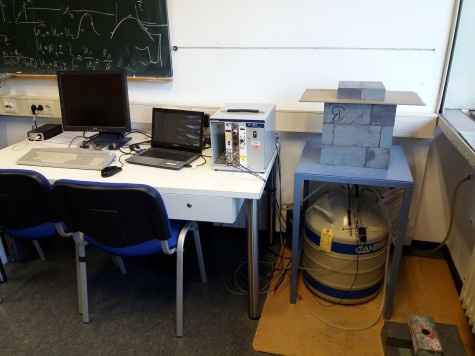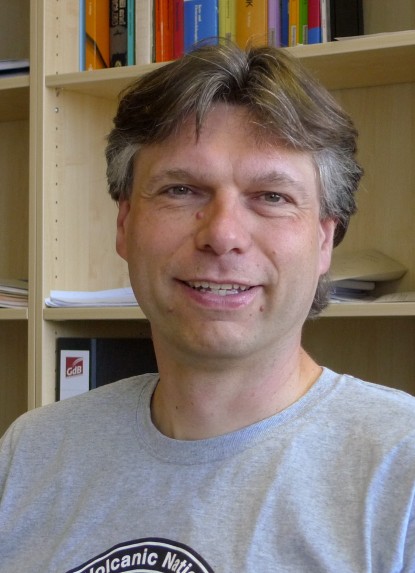Experiment 2.2b – Environmental Radioactivity
In this experiment fundamental workinh techniques in radioecology will be inroduced and applied. Against the background of the nuclear power phase-out, it aims for the maintenence of competence in radiation safety and provides the necessary knowledge to assess and evaluate correctly the radiation exposure of humans and environment.
Ideally, such efforts should be done already in school. Therefore, this experiment is part of the module “Demopraktikum für Studierende LaG”.
The experiment comrpises three parts:
- Gamma-spectroscopy of environmental samples: natural and anthropogenic radionuclides in the environment should be identified and their activity determined. For this, semiconductor-detector systems are used in order to detect the charateristic gamma-radiation of these radionuclides.
- dosimetry: for radiation safety the observable “dose rate” is of importance. In this experiment, a PIN-diode detector is calibrated as dose rate meter to measure several radioactive samples. The procedure agrees with that used for calibration of commercial instruments.
- radioactivity in experiments suited for use in schools: with simple means a radioactive source based on natural radioactivity is produced and measured. A simple measurement allows for the identification of the respective natural radionuclides.




